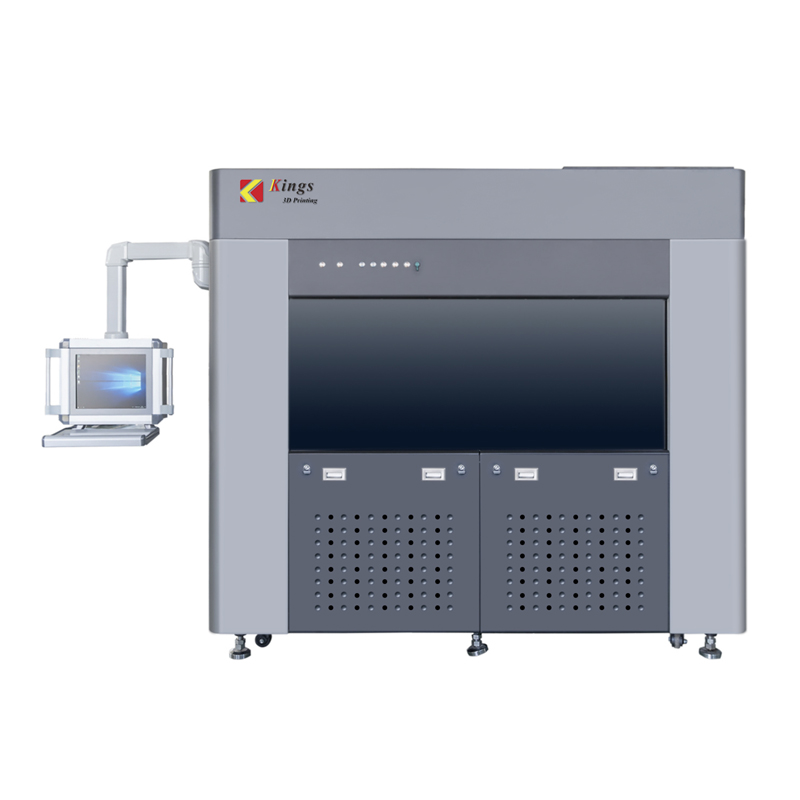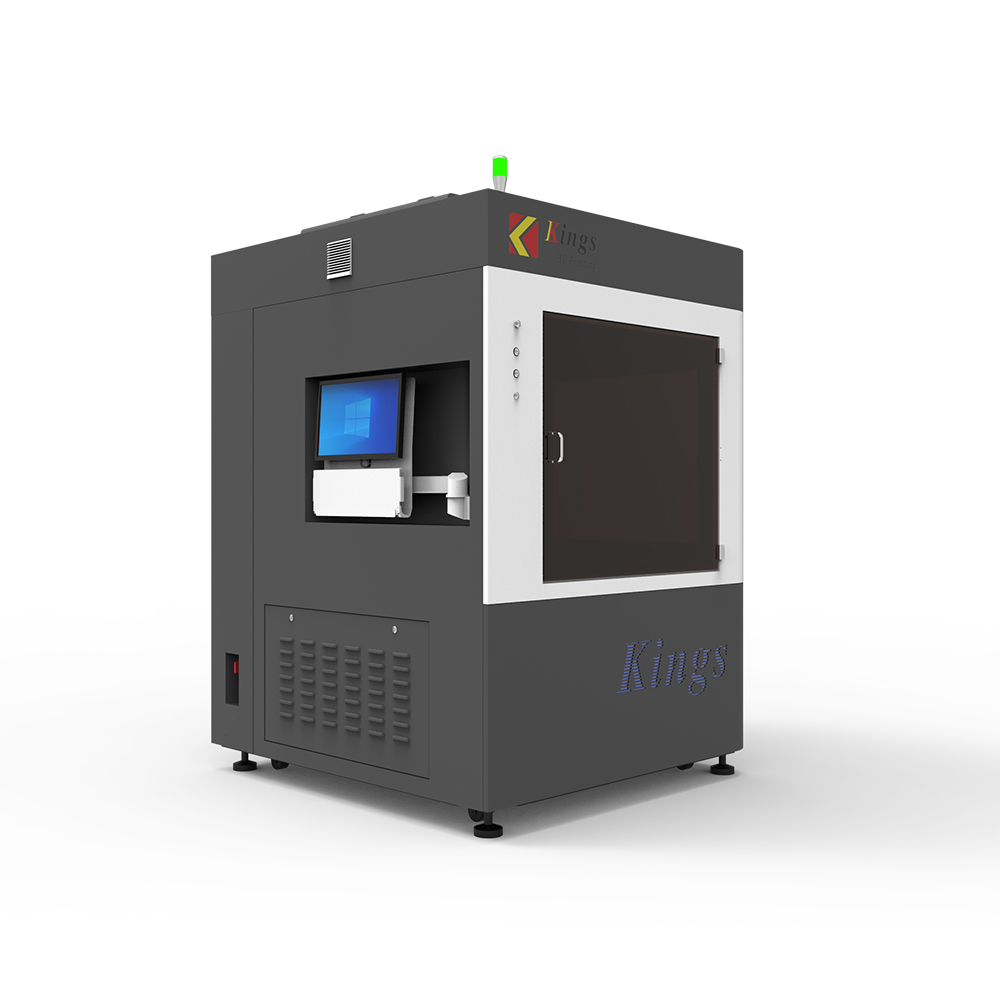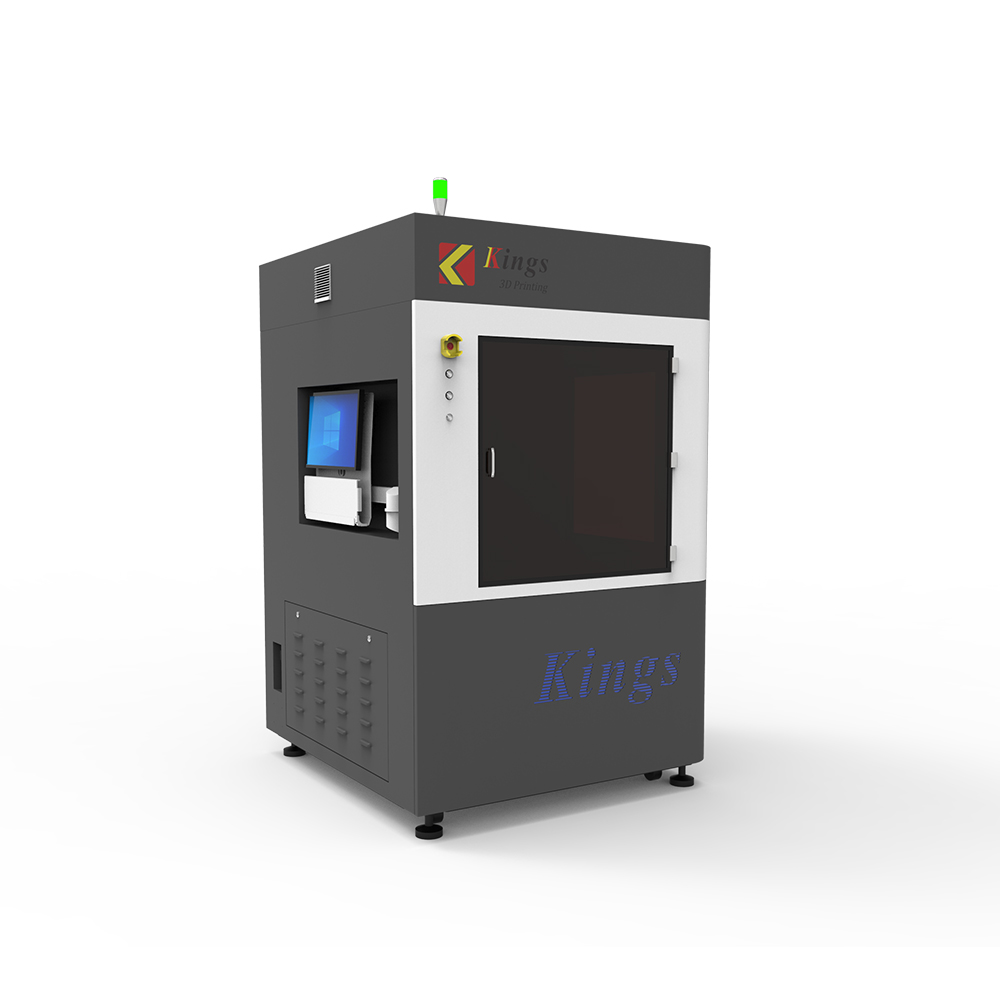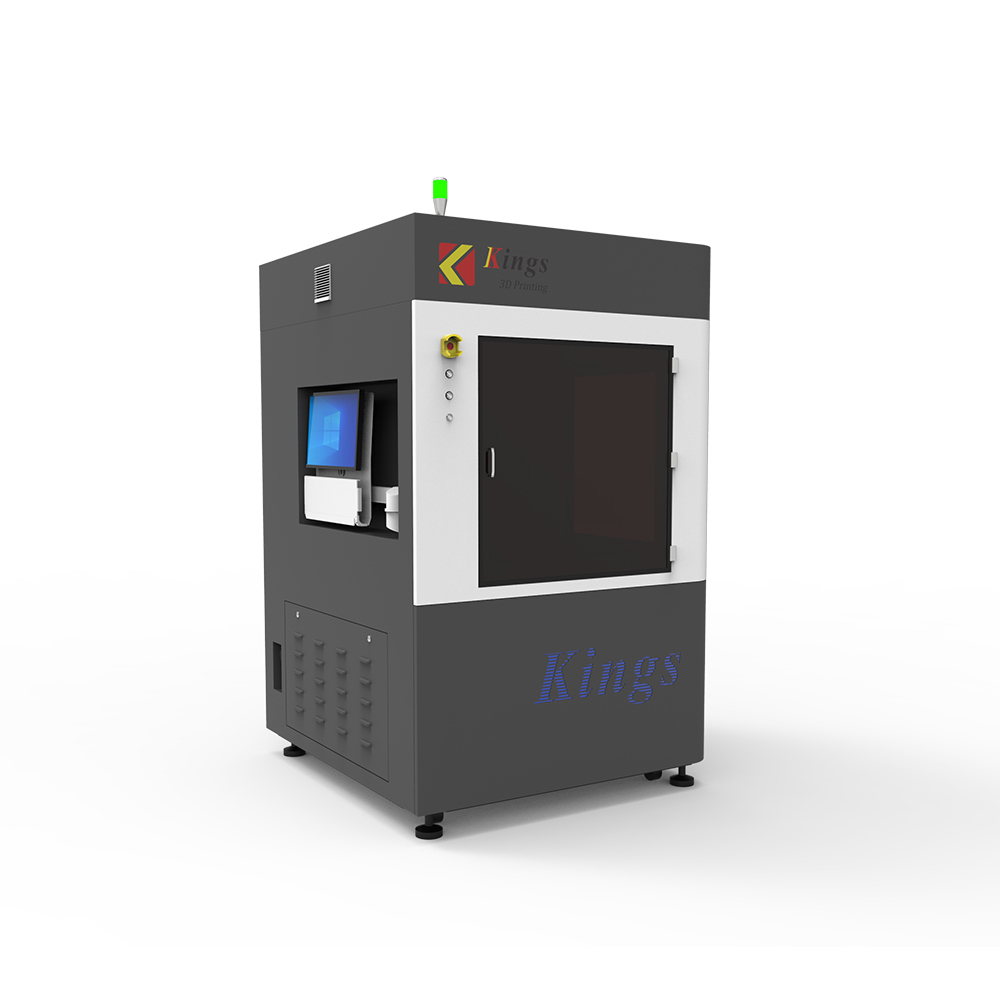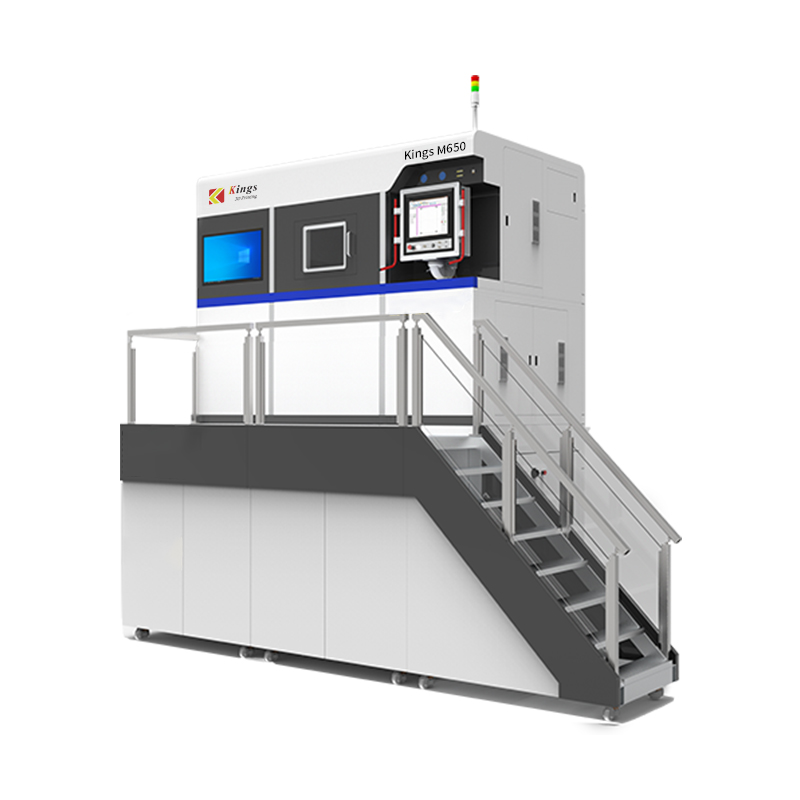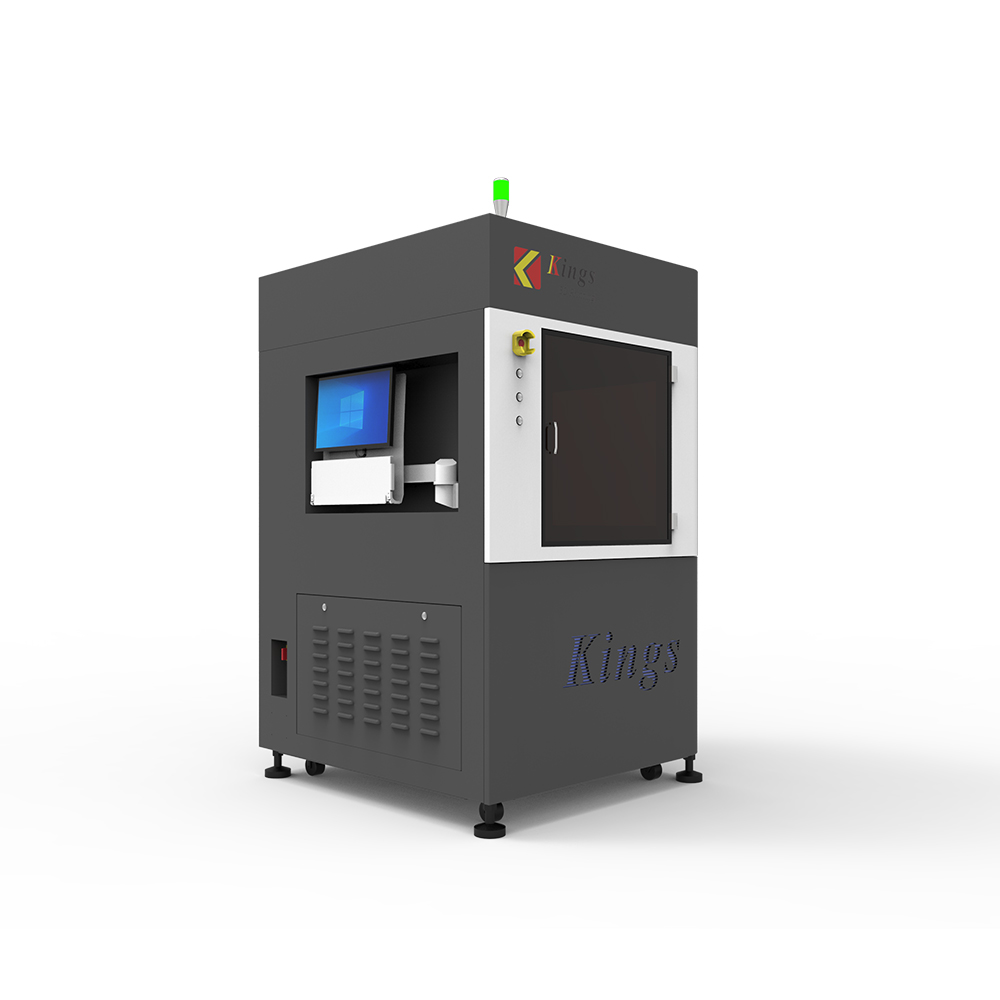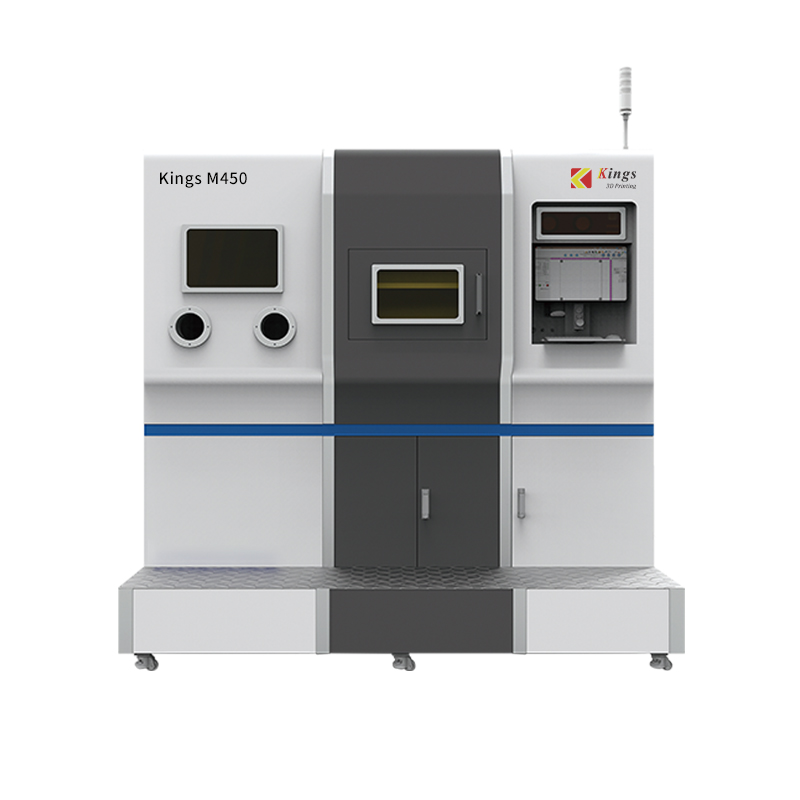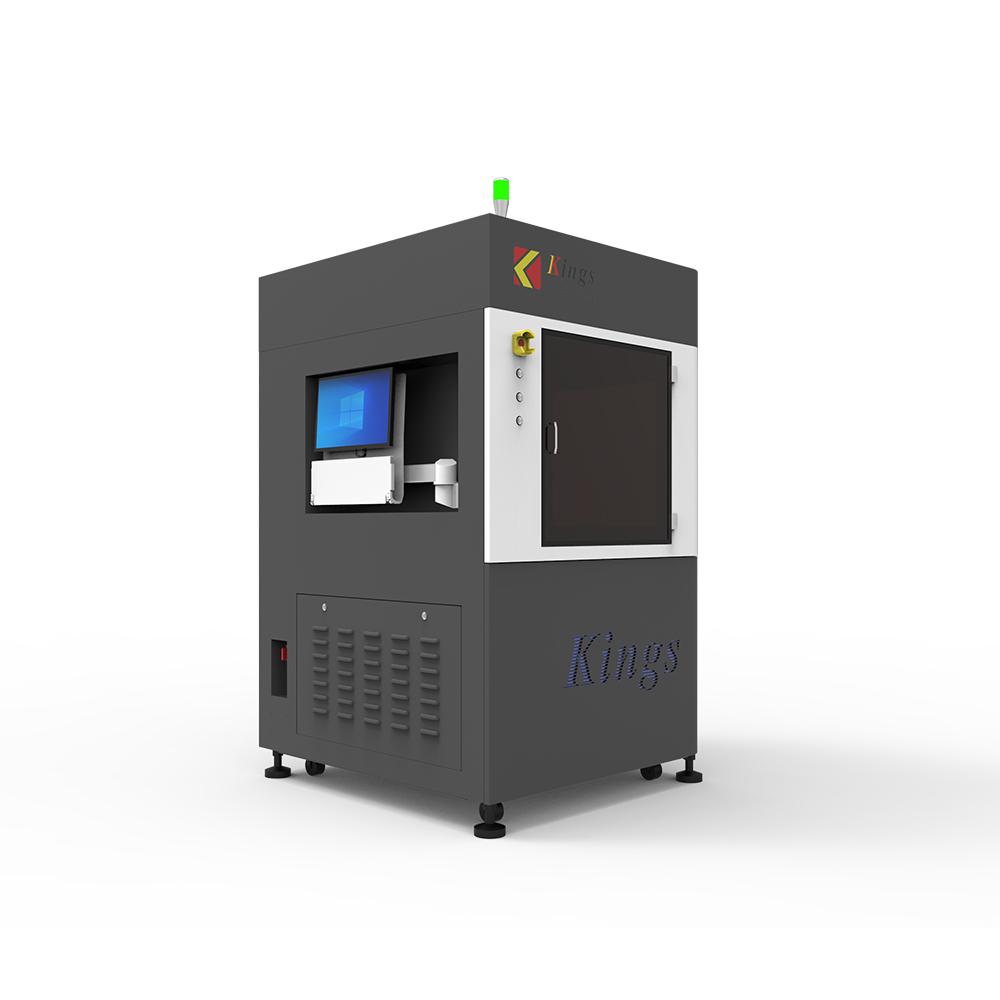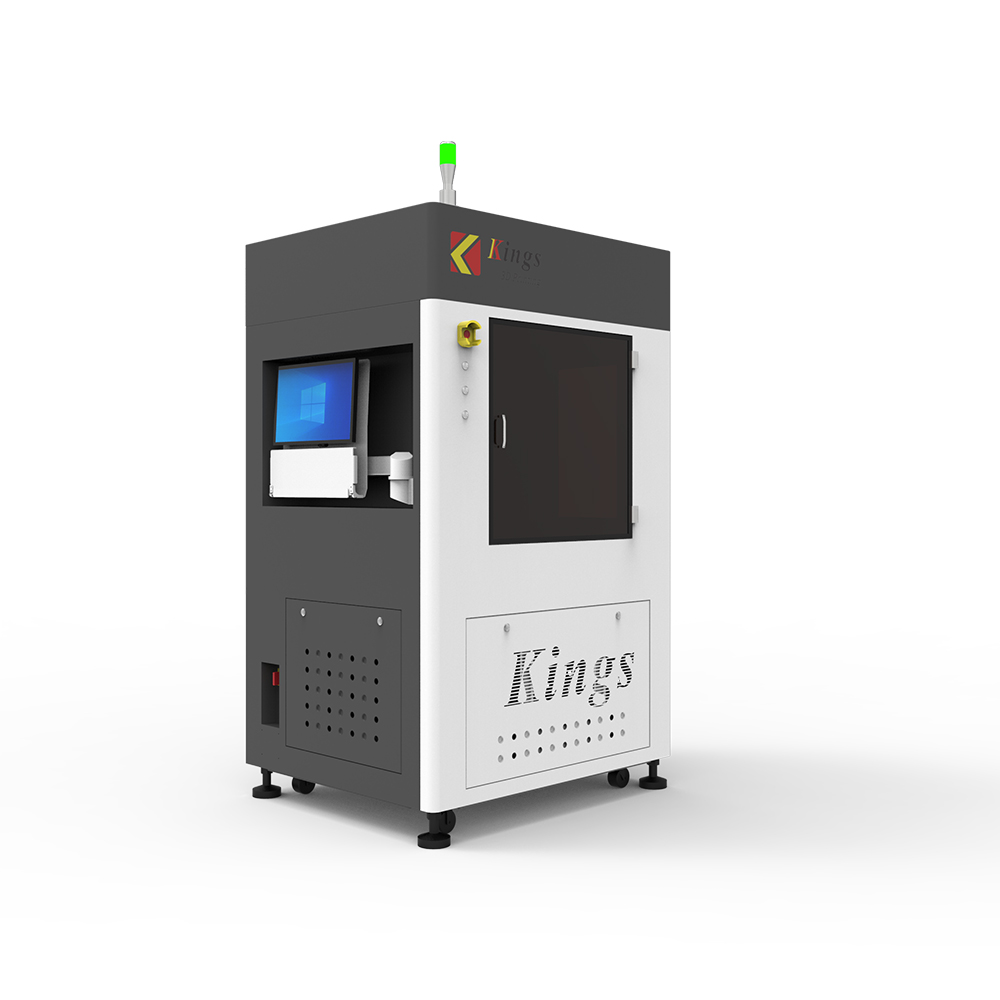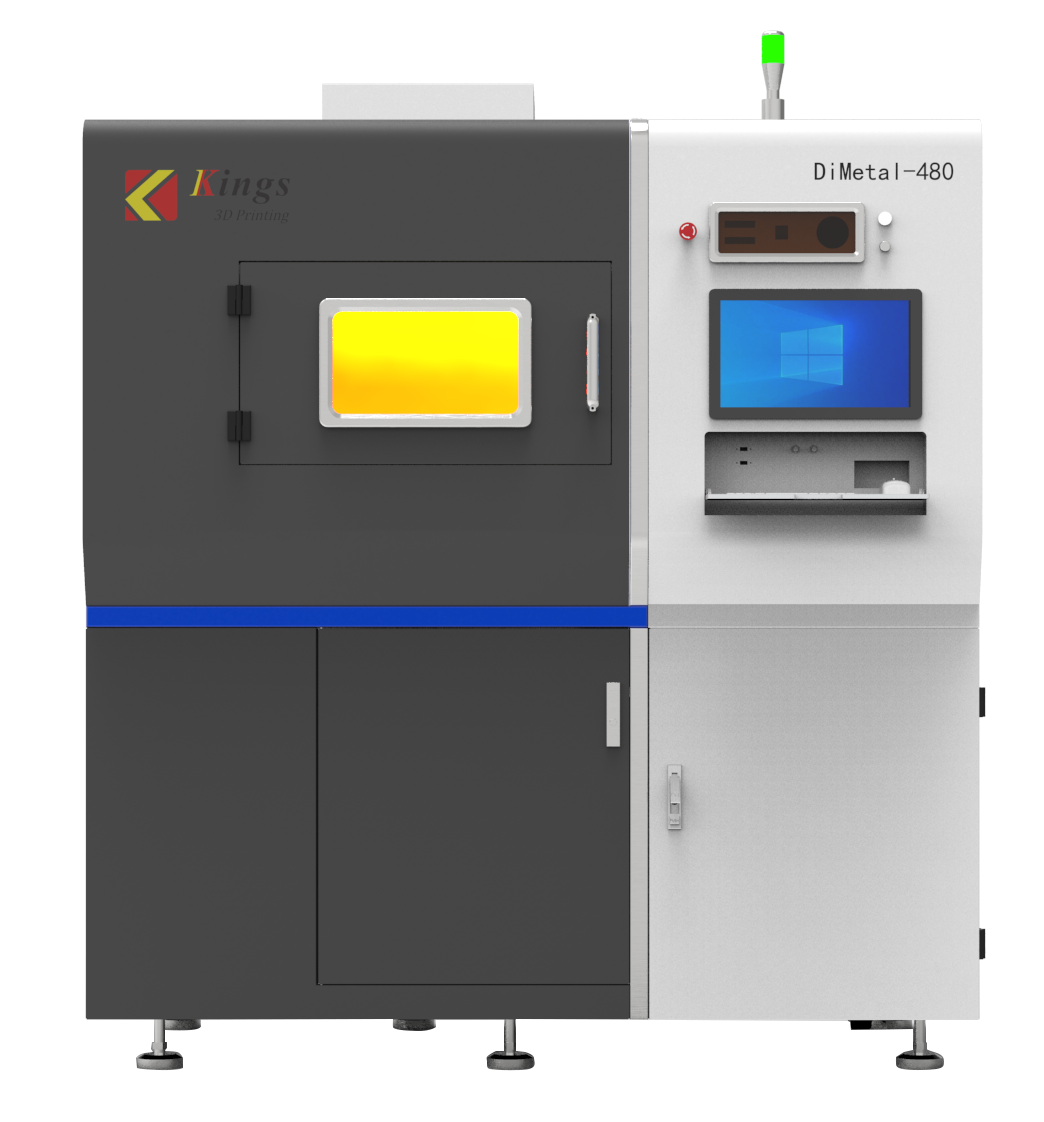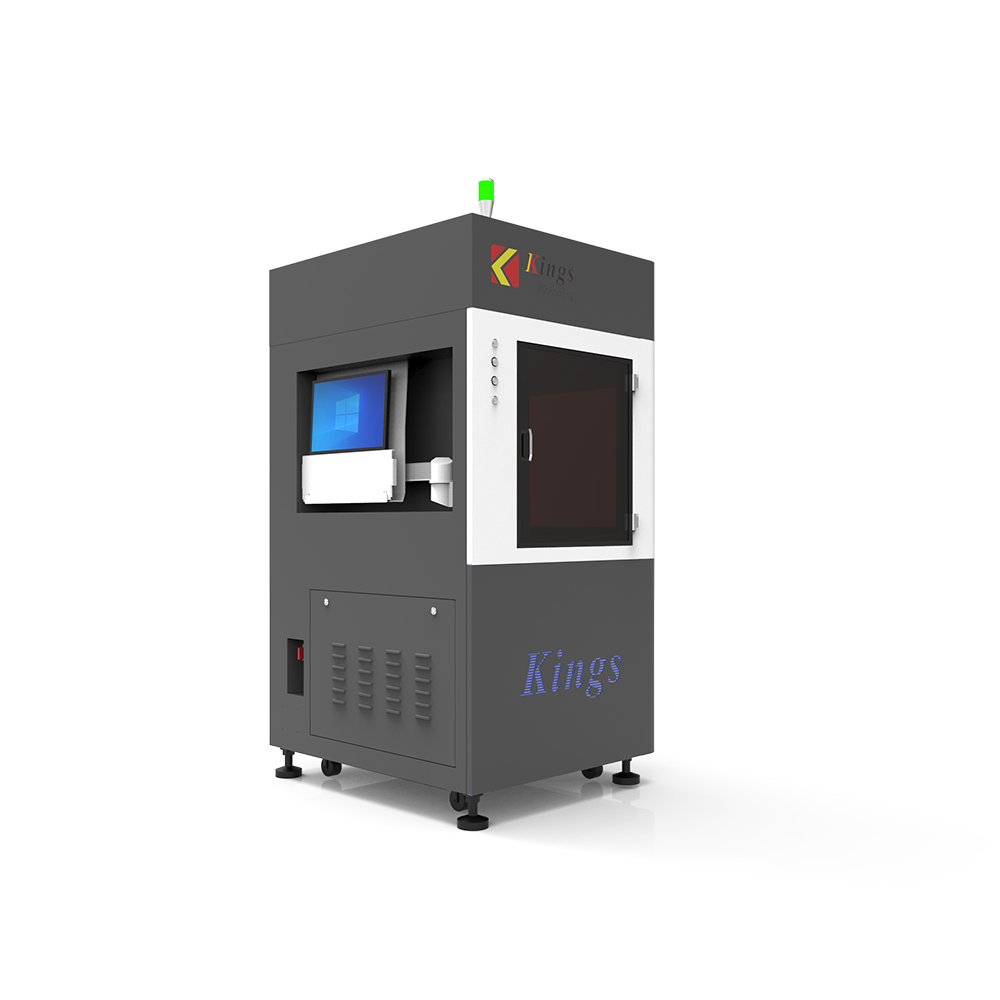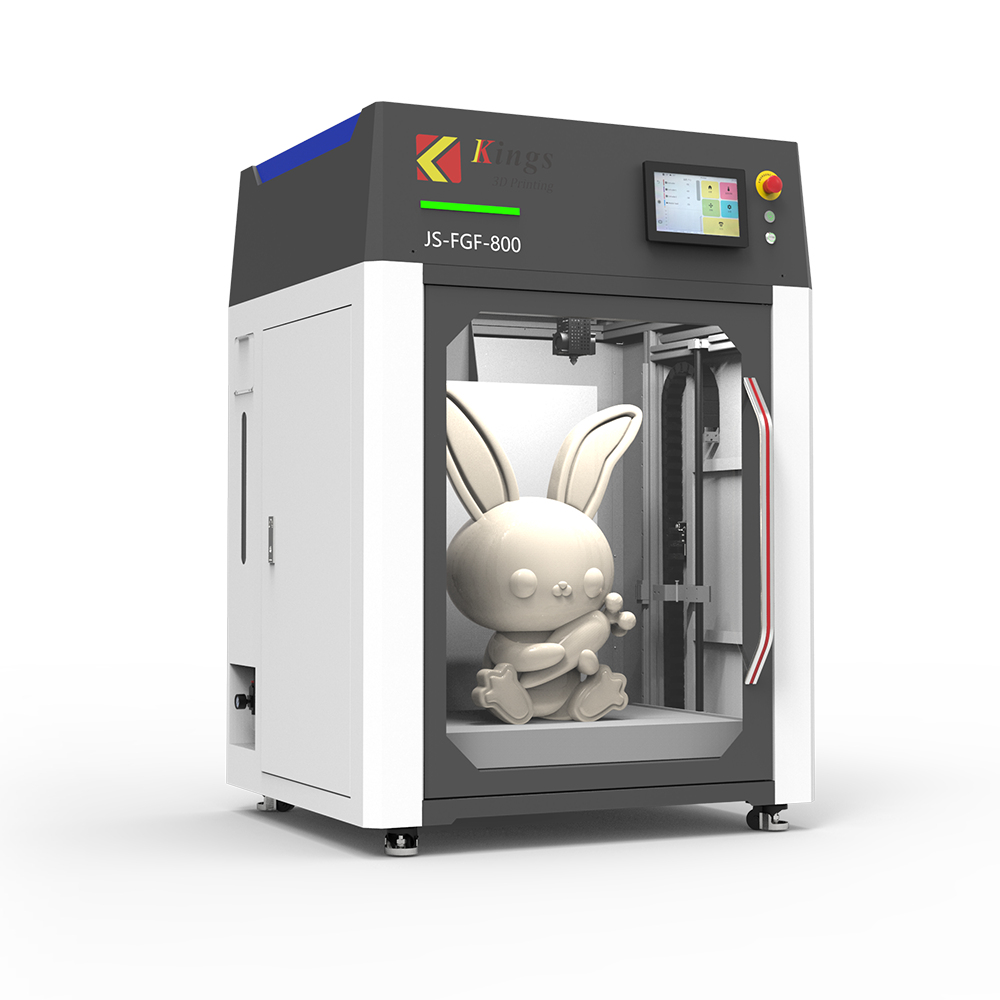3D printing is very different from traditional production through molds. the biggest advantage of 3D printing is that it can generate parts of any shape directly from computer graphics data, without the need for machining or any molds, thus greatly reducing the product development cycle. It increases productivity and reduces production costs. At the same time, 3D Printing can also print some appearance that cannot be produced by traditional production techniques. Also, 3D printing technology can simplify the whole production process quickly and efficiently.
Principle of 3d printing technology process
Guided by the design file instructions, the 3D printer first ejects a solid powder or molten liquid material, which solidifies into special flat, thin layers. After the first layer cures, the 3D printer print head returns and forms another thin layer outside of the first layer. After the second layer is cured, the print head returns again and forms another layer outside the second layer.
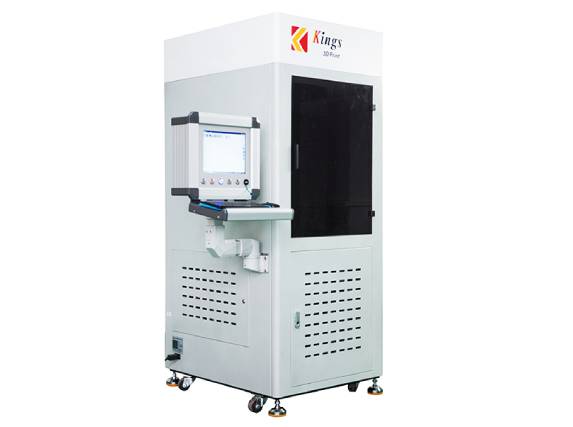
3D Printer
And so on and so forth, with the final layers stacking up into a 3D object. Unlike traditional manufacturing machines that use cutting or molding to create objects, 3D printers extend the scope of digital concepts from a physical perspective by stacking layers to form physical objects.
3D Printers are the preferred processing equipment for the precise shape design of internal recesses or interlocking parts, allowing such designs to be realized in the physical world. The quality of the printed models is naturally good due to the high printing accuracy. In addition to showing designs on contour curves, structural and moving parts are not a problem.
3D printing has brought about a worldwide revolution in manufacturing. In the past, component design was entirely dependent on the availability of the production process. the advent of 3D printers will turn this production mindset on its head, allowing companies to produce parts without regard to production. Process issues, any complex shape design can be achieved through 3D printers. 3D printing does not require machining or molds and can generate any shape of object directly from computer graphics data, greatly shortening the production cycle of products and improving production efficiency. Although there is still room for improvement, the market potential for 3D printing technology is huge and is bound to become one of the many breakthrough technologies for future manufacturing.
3D Printing Applications
Engineering manufacturing. In engineering manufacturing, on the one hand, used for national defense, military, aerospace and other high-end manufacturing of important parts of the production, the production requirements of these parts are very high, often not up to the traditional process even if achieved, but the cost is too high; on the other hand, they are used in small quantities or single product engineering manufacturing.
Civil development. 3D printing technology has been hailed as the core technology of the "third industrial revolution".
Medical. At the same time, 3D printing technology also has significant effects in the medical field. It can be used to print prosthetic limbs to help more people who have lost their legs accidentally get back on their feet and live like normal people. "The 3D printed heart can be used as a replica of the heart's anatomy, which is useful for practicing complex heart surgery. It is also possible to print "kidney organs", but these technologies are not yet mature.
Achievements. 3D printing has the potential to do much more than produce DIY household items. In fact, the technology could even revolutionize the traditional construction industry. Compared to the traditional construction industry, 3D printed buildings not only have reliable building material quality, but also save 30-60% of construction materials, shorten the construction period by 50-70%, and reduce labor by 50-80 %... According to calculations, printing can reduce the cost of construction by at least 50%, allowing more people to afford to buy a house. However, the stiffness, strength and durability of buildings printed with the new "ink" need to be further verified.
3D printing allows people to buy such printers in some electronic stores, and factories also have direct sales. Scientists say that the use of 3D printers is still very limited, but one day people will be able to print more practical objects through 3D printers.
The company also offers 3D Resin Printers, so please feel free to contact us if you need them!


